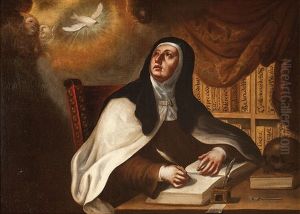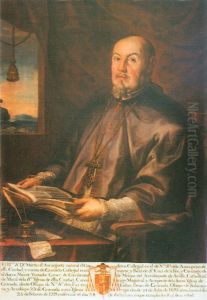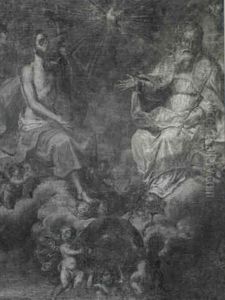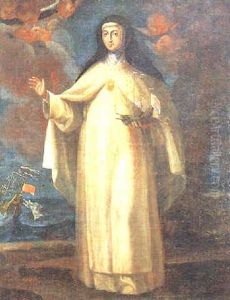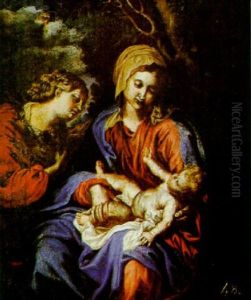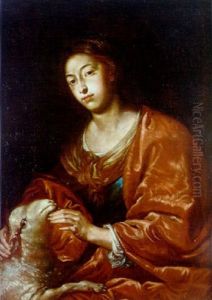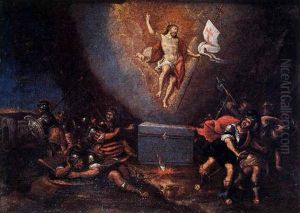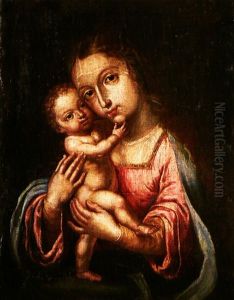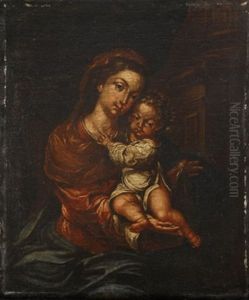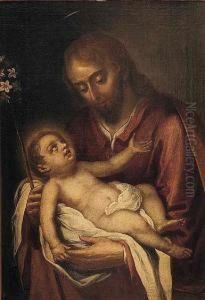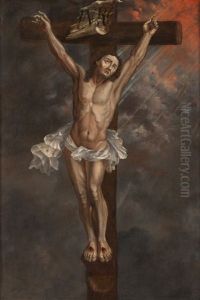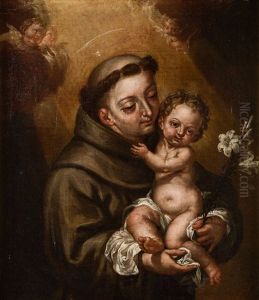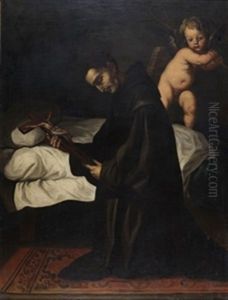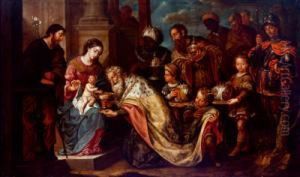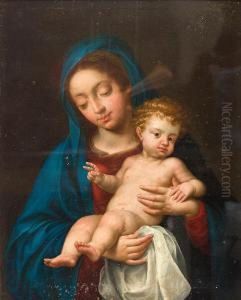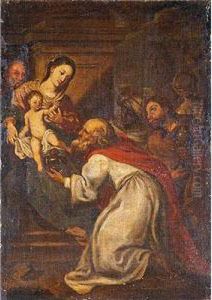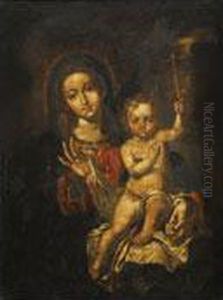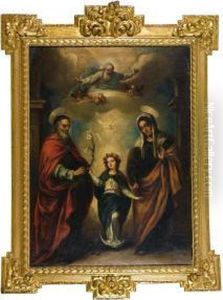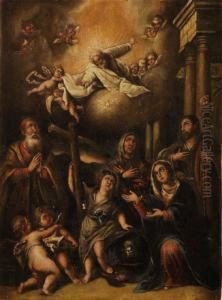Jose Risueno Paintings
José Risueño was a Spanish painter and sculptor, born in 1665 in Alhama de Granada, a town in the province of Granada, Spain. He is considered one of the most important and representative artists of the Granadan Baroque period, which was a phase of the Spanish Baroque that had its own distinct characteristics, heavily influenced by the strong Moorish heritage in the region.
Risueño's artistic training took place in Granada, where he was influenced by the works of Alonso Cano, who was a prominent figure in the development of the Granadan Baroque style. Although there is no concrete record of Risueño's apprenticeship, it is believed that he may have trained with Cano's disciples, which would explain the noticeable influence in his work.
Throughout his career, Risueño worked on a variety of commissions, most notably religious works for churches and convents. His oeuvre includes altarpieces, paintings, sculptures, and frescoes, which often featured a delicate and refined style, with an emphasis on elegant lines and a gentle approach to the depiction of figures. His work is characterized by its dramatic expression and the use of chiaroscuro, a technique that plays with light and shadow to create a sense of depth and volume.
One of Risueño’s most significant contributions to the Baroque in Granada was his integration of sculpture and painting, which led to highly decorative and cohesive artworks that enhanced the architectural spaces they inhabited. Moreover, his paintings often displayed a keen attention to detail and rich, vibrant colors, which added to the visual impact of his pieces.
José Risueño's legacy is preserved in the form of his works that can be found in various churches and museums, particularly in Granada. His contribution to the Granadan Baroque style has been acknowledged by art historians, and his works continue to be studied and admired for their beauty and historical significance. Risueño passed away in 1732 in Granada, leaving behind a body of work that still resonates with the art and culture of the region.
